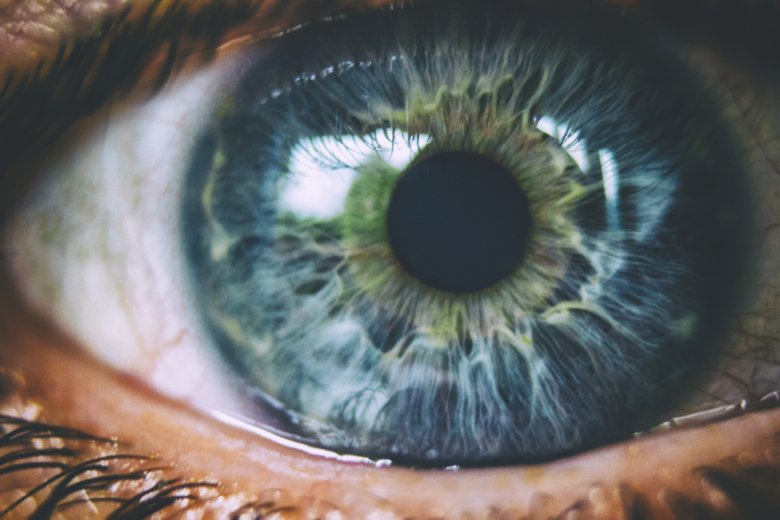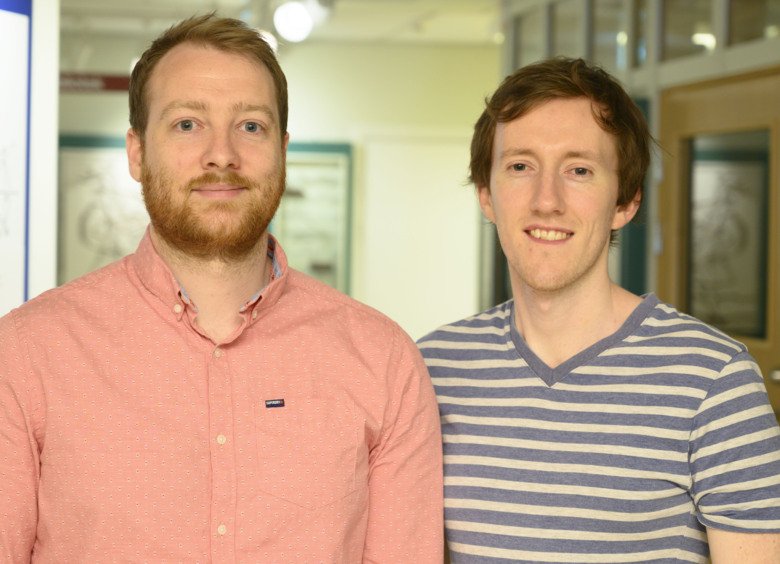New study on vitamin B₃ as a possible treatment for glaucoma

Glaucoma involves a high risk of losing sight. Researchers at Karolinska Institutet and St. Erik Eye Hospital, among others, have now studied the effects of nicotinamide, the amide of vitamin B₃, on animal and cell models for glaucoma. The study, published in Redox Biology, may be a future neuroprotective therapy in glaucoma in humans. A clinical trial will start in the autumn.

Glaucoma affects 80 million patients globally and approximately 100,000-200,000 in Sweden.
In glaucoma, the optic nerve, which connects the eye to the brain, is progressively damaged, often in association with elevated pressure inside the eye.
The only treatment strategies currently available target the pressure in the eye using eye drops or surgery.
Despite the availability of these treatments, the risk of blindness in at least one eye is still high.
Most people with glaucoma are over 50 years old and there is an inherited increased risk.
Focus on new treatments
What causes optic nerve degeneration in glaucoma is not entirely known, but there is currently a large focus on identifying new treatments that prevent retinal ganglion cells (the output nerves of the retina) from dying, as well as trying to repair vision loss through the regeneration of diseased nerve fibres in the optic nerve.
Previously, scientists have identified that the molecule NAD declines in the retina in an age-dependent manner and renders retinal ganglion cells susceptible to neurodegeneration.
Preventing NAD depletion via administration of nicotinamide (the amide of vitamin B₃, a NAD precursor) robustly prevents glaucoma in chronic animal models.
They also demonstrated that elevating NAD levels through nicotinamide administration can improve visual function in existing glaucoma patients.
Numerous neuroprotective effects
In a large international study, researchers at among others Karolinska Institutet, St. Erik Eye Hospital, Singapore National Eye Center, Singapore, and Cardiff University in the UK have now examined several effects of nicotinamide on the visual system under both normal conditions and in glaucoma.
In the current study, the scientists investigated many of the effects that nicotinamide has on the visual system (in normal conditions and during glaucoma). This is an important step for moving treatments from the lab to the clinic.
“We have confirmed nicotinamide’s neuroprotection in additional cell and animal models that recapitulate isolated features of glaucoma but are also common neurodegenerative features. We also have developed sensitive tools to investigate NAD metabolism, and the metabolism of other essential metabolites, in the visual system,” says the study’s first author James Tribble, a postdoctoral researcher at the Department of Clinical Neurosciences, Karolinska Institutet, and in the Williams laboratory at St. Erik Eye Hospital. “We demonstrated that systemic nicotinamide administration has limited molecular side-effects, but provides a robust reversal of the disease metabolic profile of glaucoma prone animals.”
The researchers' work has, among other things, resulted in several tools for investigating the protective effect of nicotinamide.
“Using these varied platforms, we determined that nicotinamide provides numerous neuroprotective effects. These include buffering and preventing metabolic stress, and increasing mitochondrial size and mobility to provide an environment where retinal ganglion cells are less susceptible to glaucoma related stresses,” says corresponding author Pete Williams, Assistant Professor and Research Group Leader for glaucoma at the Department of Clinical Neurosciences, Karolinska Institutet, and St. Erik Eye Hospital. “These data support the continued determination of the utility of long-term nicotinamide treatment as a neuroprotective therapy for human glaucoma.”
In autumn 2021, the long-term clinical Swedish Glaucoma Nicotinamide Trial, led by Umeå University, Karolinska Institutet and St. Erik Eye Hospital will begin.
“What we have demonstrated in cell and animal models is directly making its way to patients in the Swedish health care system”, says Pete Williams. “This exemplifies our commitment to generating translatable treatments for glaucoma.”
The study was financed several bodies, including the Swedish Research Council, Karolinska Institutet, and St. Erik Eye Hospital philanthropic donations. There are no reported conflicts of interest.
This news article is based on a press release from St. Erik Eye Hospital.
Publication
Nicotinamide provides neuroprotection in glaucoma by protecting against mitochondrial and metabolic dysfunction, James R Tribble, Amin Otmani, Shanshan Sun, Sevannah A Ellis, Gloria Cimaglia, Rupali Vohra, Melissa Jöe, Emma Lardner, Abinaya P Venkataraman, Alberto Domínguez-Vicent, Eirini Kokkali, Seungsoo Rho, Gauti Jóhannesson, Robert W Burgess, Peter G Fuerst, Rune Brautaset, Miriam Kolko, James E Morgan, Jonathan G Crowston, Marcela Votruba och Pete A Williams, Redox Biology, online 24 april 2021, doi: 10.1016/j.redox.2021.101988.
About the clinical trial
Only patients with newly diagnosed and untreated glaucoma will be included in the clinical study. Either the patient's ophthalmologist can refer the patient to St. Erik Eye Hospital, or the patient's optician can, in case of suspected glaucoma, refer to Karolinska Institutet's optometry clinic at St. Erik Eye Hospital.
